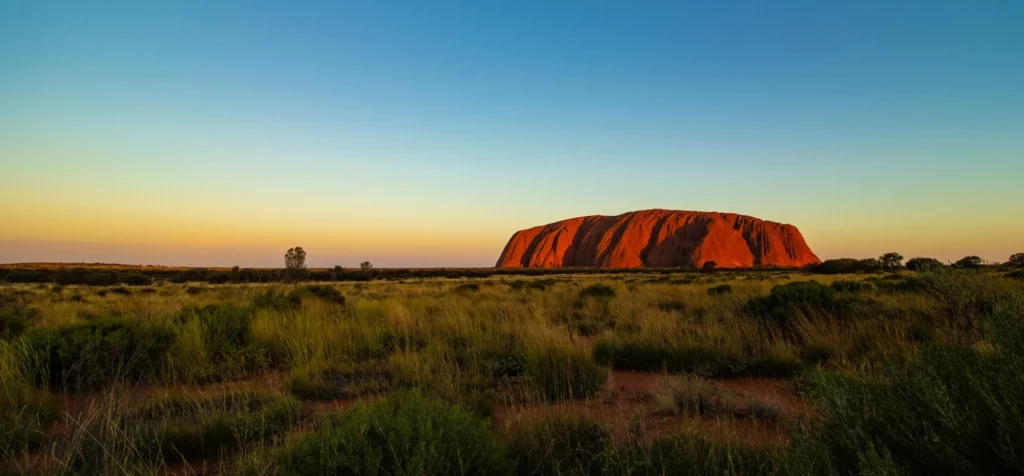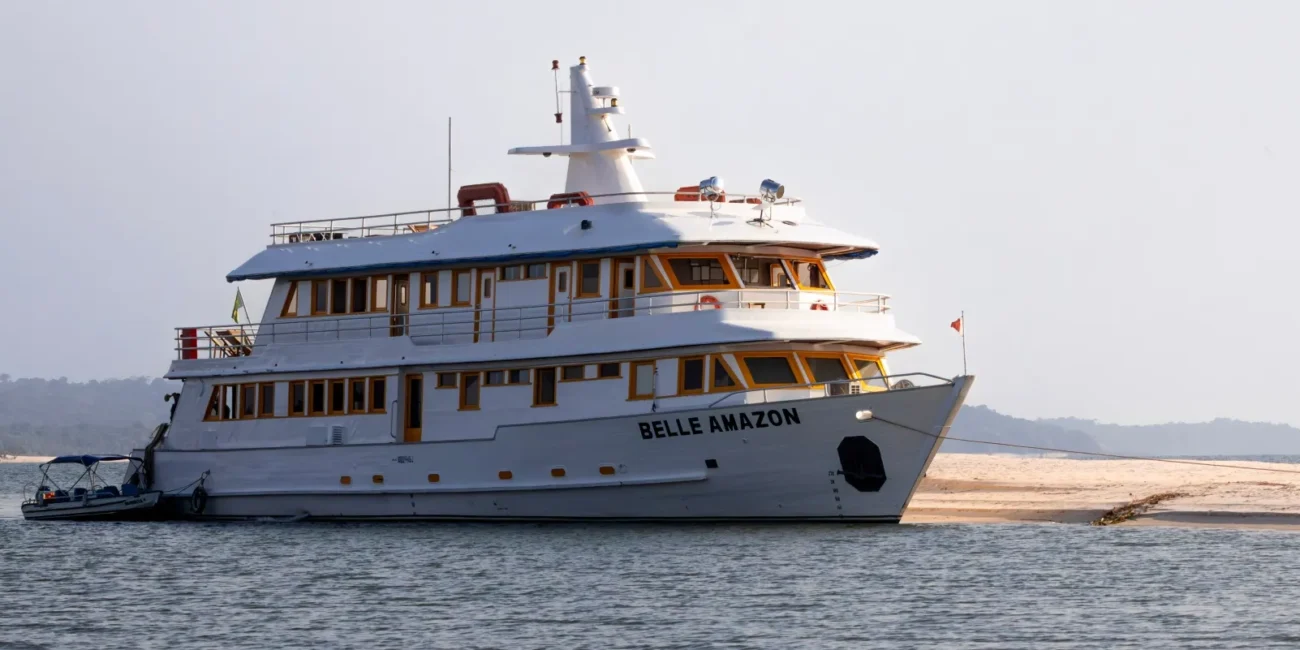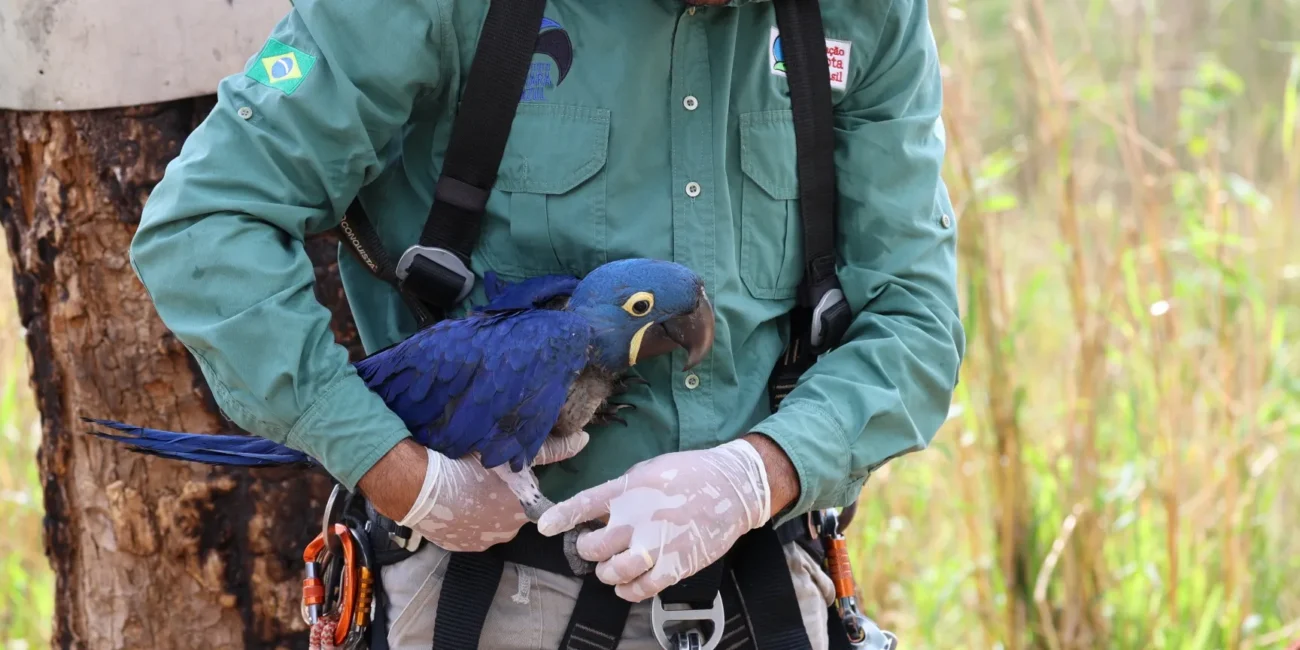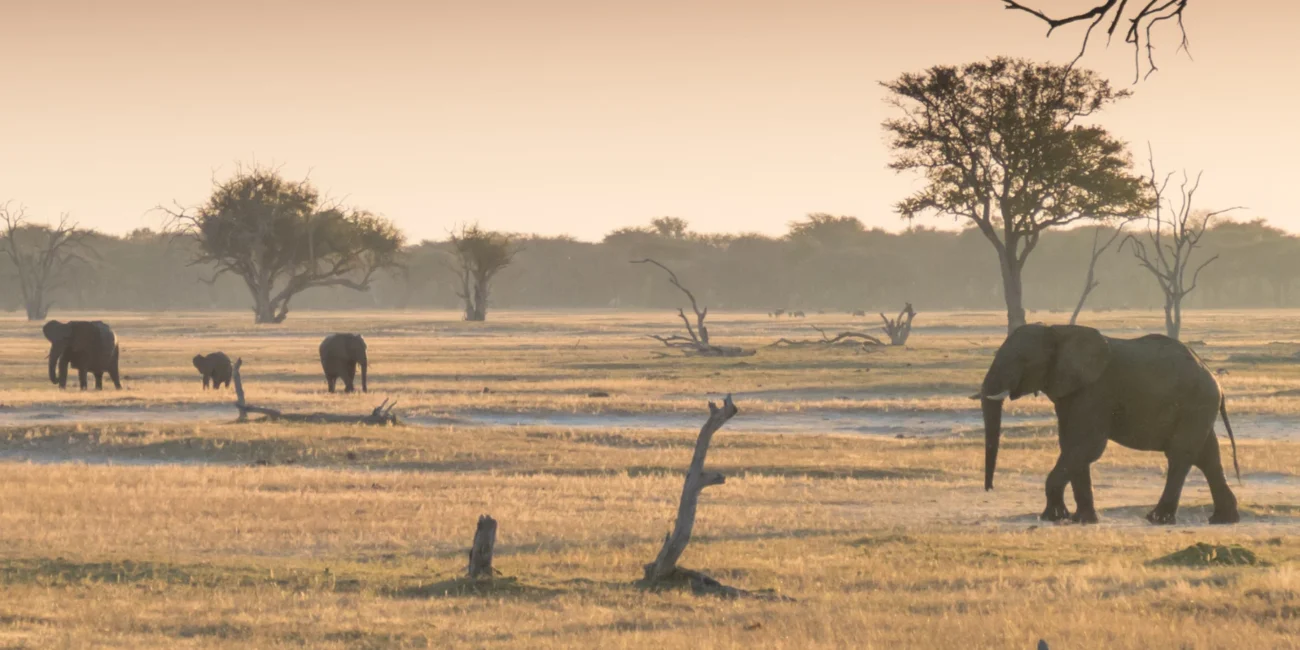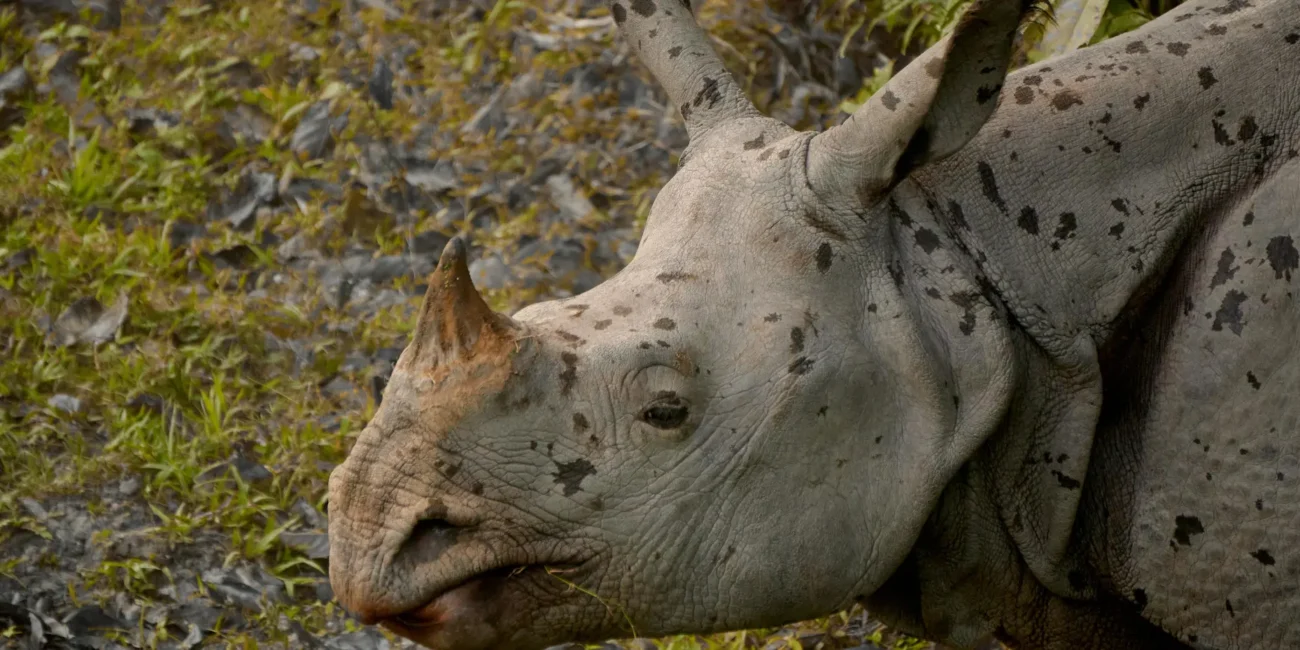Travel broadens the mind, exposes us to new cultures and ways of life and helps us embrace differences; the right kind of travel can make the world a better place. What do we mean by the ‘right kind of travel’? That’s the billion dollar question. Whether you want to call it eco-friendly or sustainable, it’s good to start by simplifying it down to a single, basic concept – making smarter choices.
When contemplating how to travel more eco-friendly, it isn’t just about your environmental footprint, it’s about maximising the positive benefits of your holiday on local communities, cultures and ecosystems, as well as the planet. So when it comes to choosing tour operators and accommodation pre-departure and picking where to eat and what activities to do while you’re away, make the smart choice.
It’s as simple as doing a little extra research and being more mindful as you plan, and for your efforts, you’ll open up a wealth of inspiring places, people and projects that have a meaningful impact on the planet. Here are a few tips to get you started planning your conservation holiday.
Respect Local Environments and Customs
What’s this got to do with how to be a sustainable traveller, you may wonder. The adage ‘leave it as you found it’ sums it up really, both literally and figuratively. You’re a guest and you’re able to glimpse traditions, ways of life and belief systems that may be very different from your own; embracing those differences and respecting your host is just basic courtesy.
There is no better way to soak it all up than integrating, by learning a few key phrases in the local lingo, checking etiquette for temples, homes and holy sites and sitting back and observing what’s going on around you. You’ll come away all the better for it and will leave a positive impact on the people you interacted with.
Same goes for wildlife, they have the right to live free and enjoy their natural habitats too. Or even take it a step further and take part in rewilding tourism practices, actively giving back to the environment that you visit and witnessing the difference it makes firsthand.
At Journeys With Purpose we are committed to delivering on a 2030 nature-positive, climate-resilient ambition by giving back to local communities and ecosystems through our impactful projects.
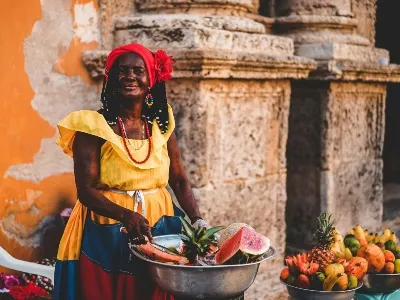

Try not to Follow the Crowds
A fairly recent phenomenon, overtourism poses a problem to some of the world’s most spectacular destinations. It places an extra strain on infrastructures, ecosystems and ancient monuments and can even price locals out of their homes.
So, when planning your adventure, consider swapping the popular places on your itinerary for ones that are considered more ‘off-the-beaten-track’. This will not only reduce the burden but be more rewarding to explore and give you more unique and authentic experiences, too.
Stay Longer
Making a holiday a ‘check list’ exercise might mean that you see a lot, but stuffing your days full of sights is pretty stressful. One of the key lessons on how to be a sustainable traveller is to slow it down and take your time.
A longer vacation gives you the chance to really get to know an area, immerse yourself in culture, learn the language, volunteer on a community development or conservation project and have an experience that is meaningful, authentic and memorable. And, if you’re flying long haul, staying longer makes that flight both more economical and less environmentally impactful.
Keep it Local
This is about making sure your hard-earned money goes into local pockets rather than the coffers of a corporation. So buy from locally run businesses, support local entrepreneurs, employ local guides, stay in local homestays and eat in local cafes and restaurants.
Buying from local farmers and artisans also means a reduction in the mileage that the products travel to get to you, so also a win-win for the planet. Include some local national parks and protected areas on your itinerary too, tourism fees pay for their conservation efforts. This is something that we irrefutably adhere to at Journeys With Purpose. We believe in travel with purpose, which is why each of our trips has a focus on sustainability and giving back to the community, as well as creating memories that last a lifetime.
Reduce your Carbon Footprint
Perhaps the most obvious lesson in the how to travel more eco-friendly playbook. Use a carbon calculator to work out what the carbon footprint for your trip is and pay some money to a project that works to reduce greenhouse gases, like tree planting initiatives or carbon-storing.
However, where possible, it is always better to reduce your footprint through other practices, including packing light, supporting sustainable tourism projects and keeping short haul flights to a minimum if you can.
Where to Sleep
Low impact accommodation encompasses, in environmental terms, places that make use of renewable energy, are eco-conscious, offset their carbon emissions or are carbon neutral, while socially, they give back to the local community, pay fair wages, uphold local culture and so on. Even better are locally-owned hostels or homestays.
Once you’re in your accommodation, there are even more chances to be mindful. Tourism can put pressure on local water and energy infrastructure, so just do what you can to conserve both. Turn off the lights and air-conditioning when you leave, take short showers and ask to not have your sheets and towels changed too frequently.
Choose the Right Operators
We’re talking businesses who work to reduce the negative impacts of tourism and look at the world through a sustainable lens. You can do this by looking at an operators’ practices, ethos and accreditations and not being afraid to ask questions to make sure they really do put purpose before profit.
At Journeys With Purpose, we offer immersive conservation and ethical travel experiences. Partnering with conservationists and global leaders, we curate exclusive, hosted journeys — like our upcoming snow leopard expedition to Ladakh with Mattias Klum. Get in touch to discover more and begin planning your journey with purpose.
DIG A LITTLE DEEPER
Contribute to Positive Impact on a Hosted Journey.
Connect with Impact Partners around the world during a Private Experience.
